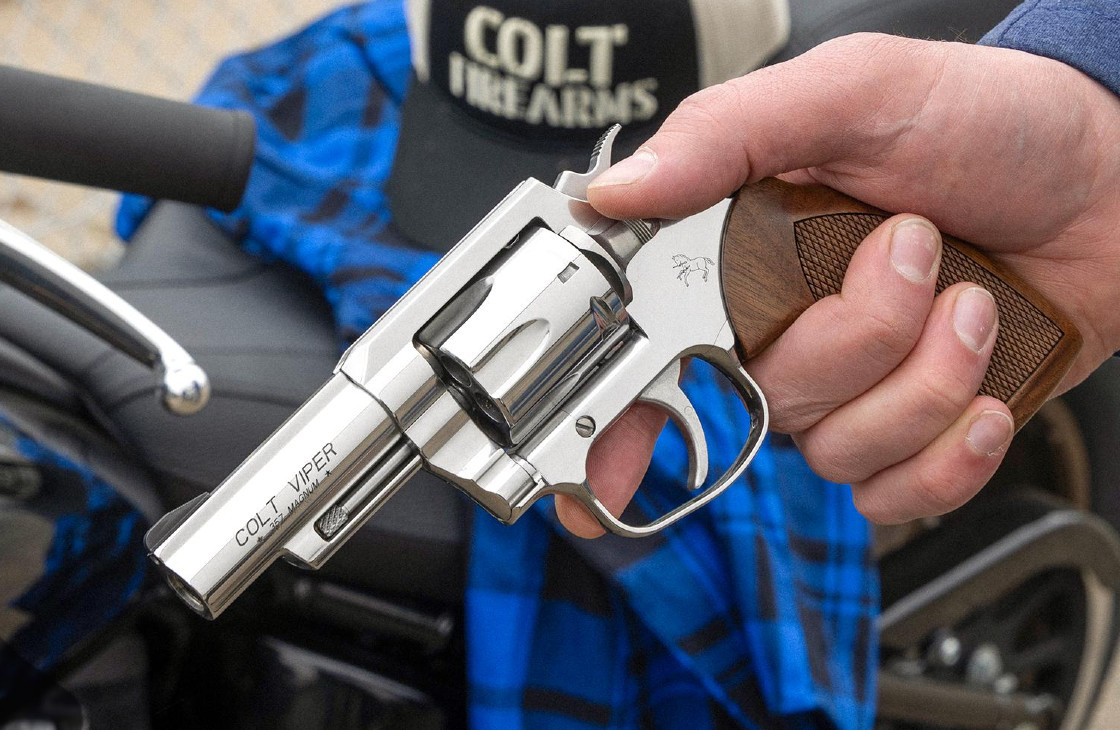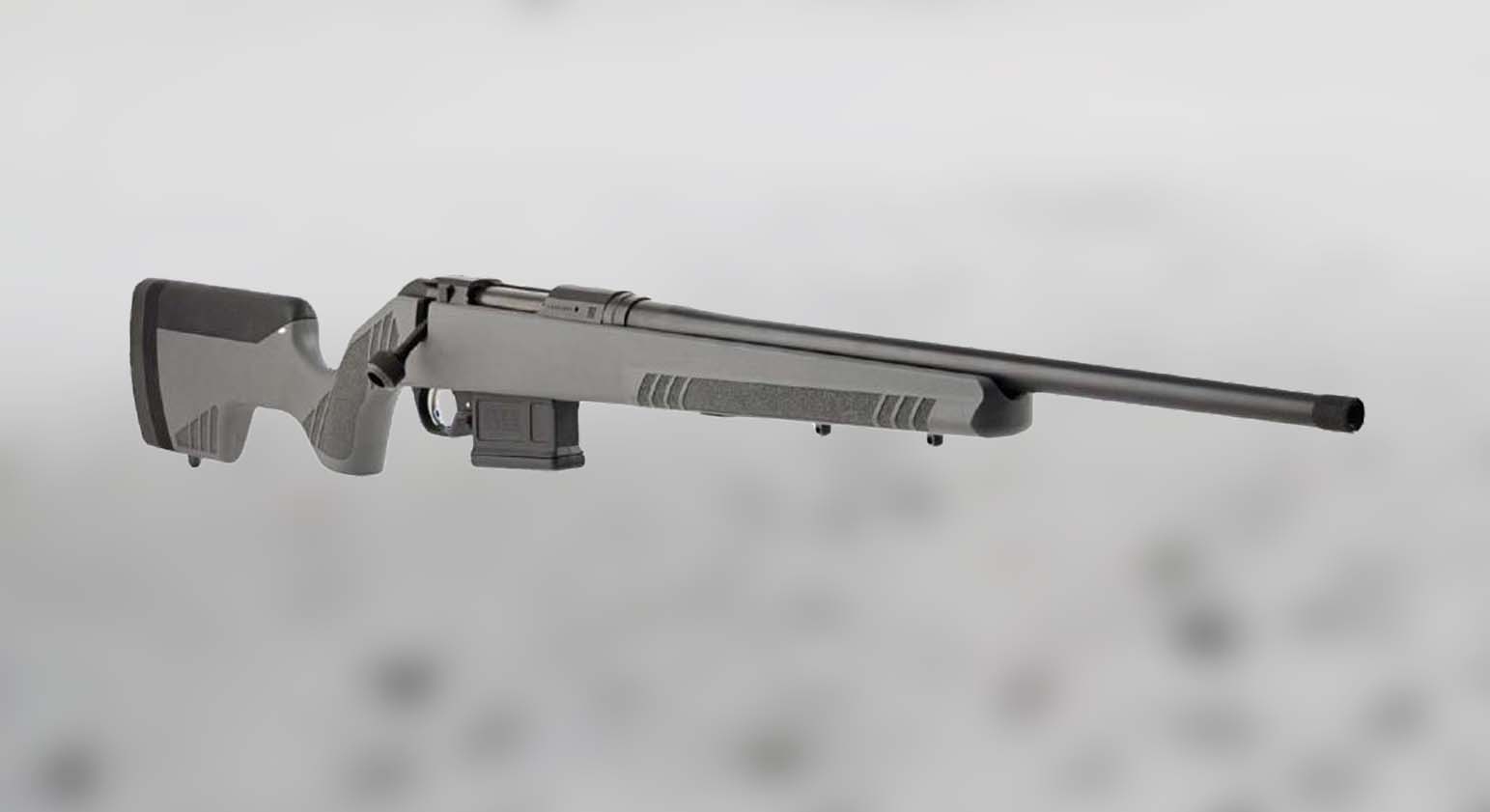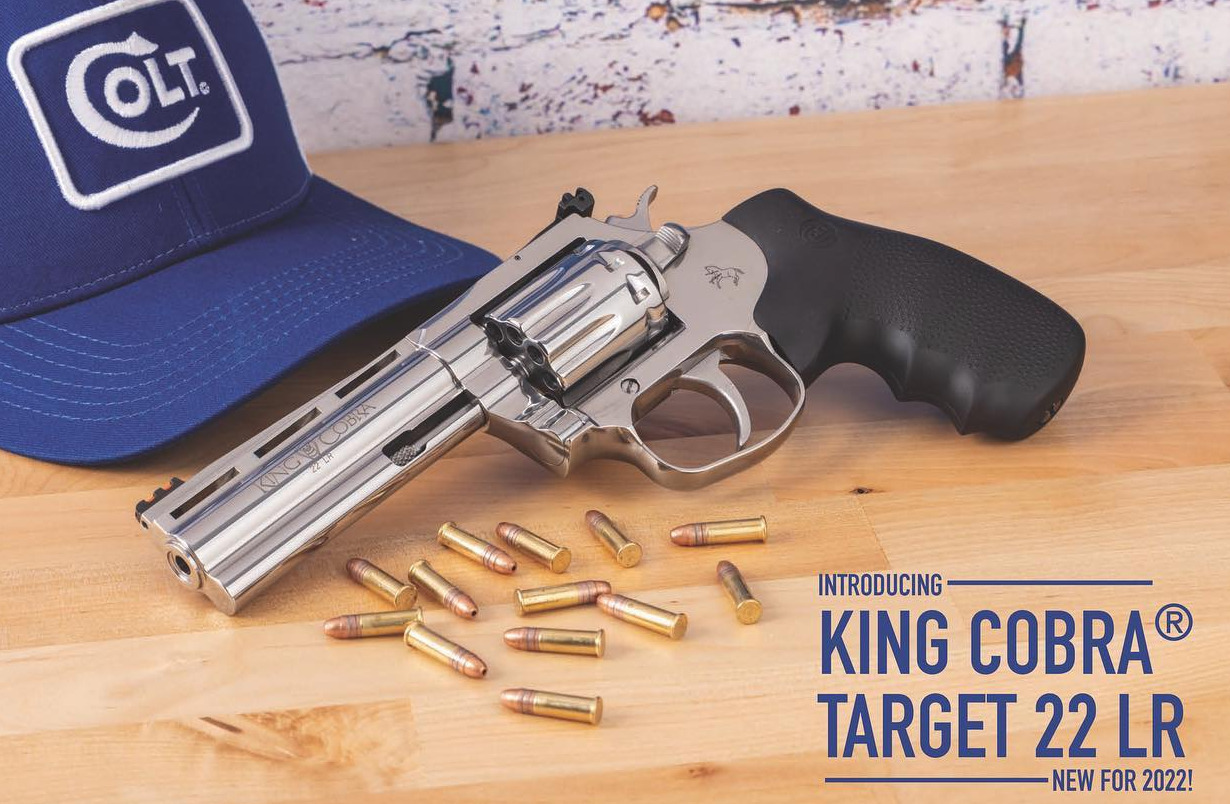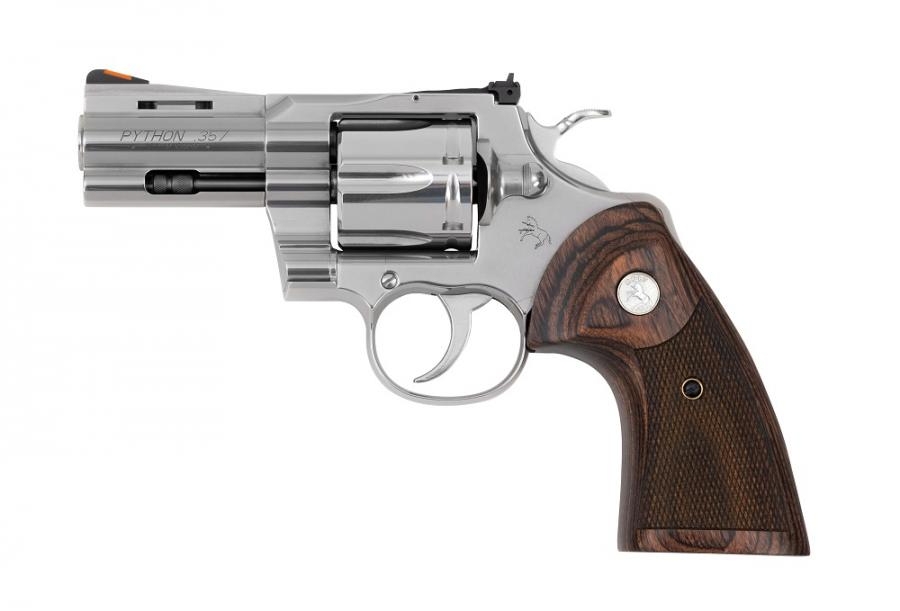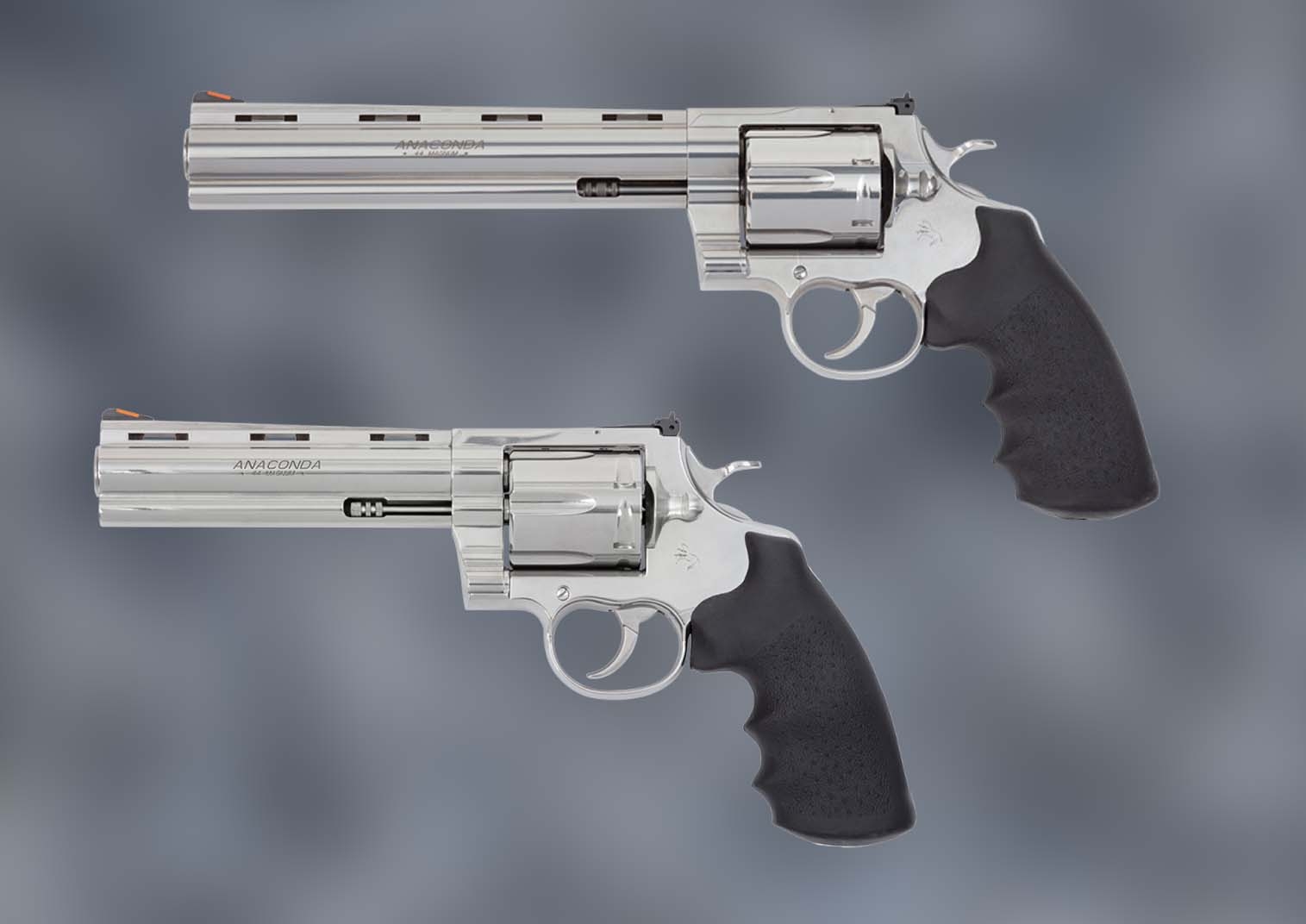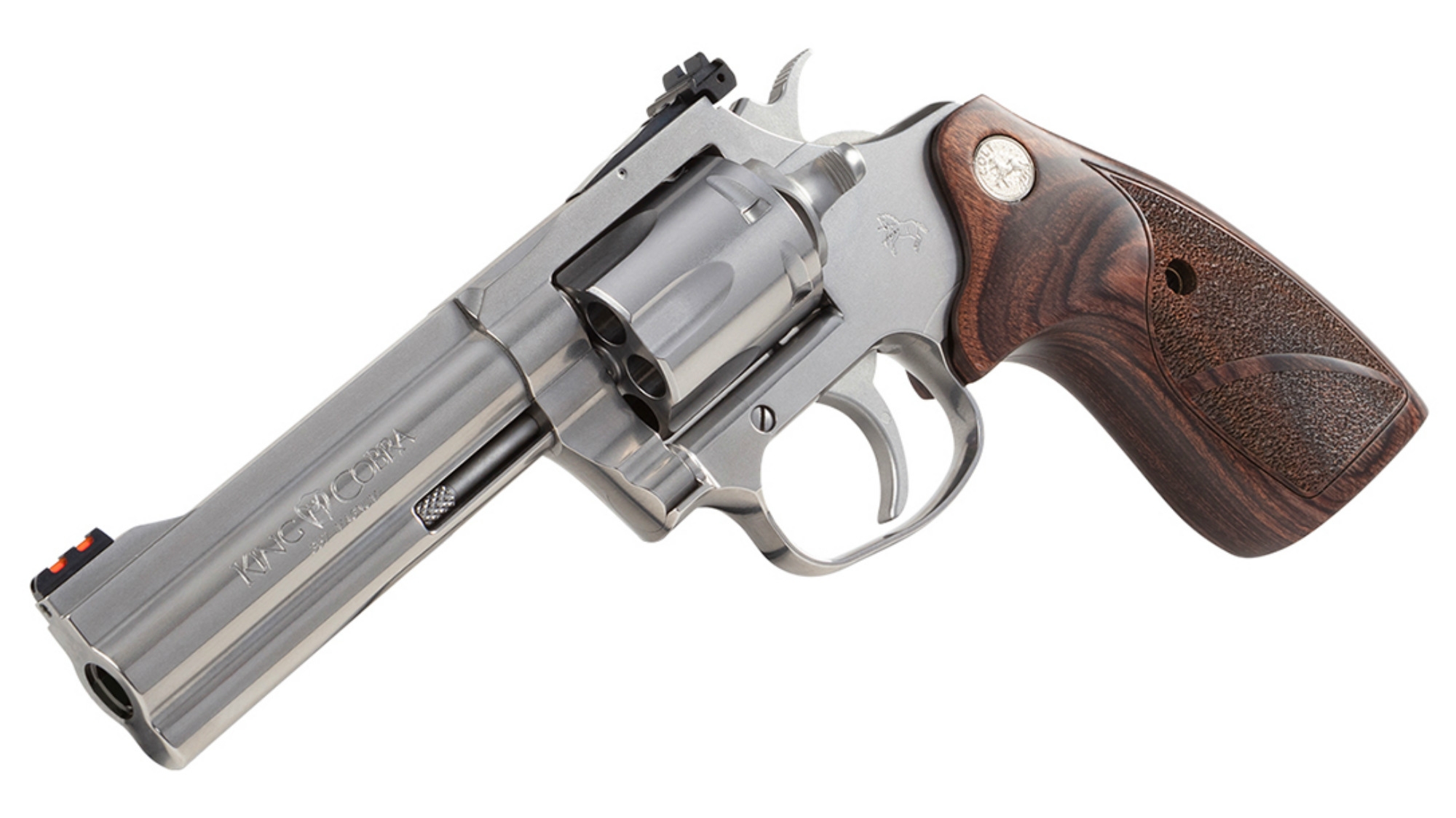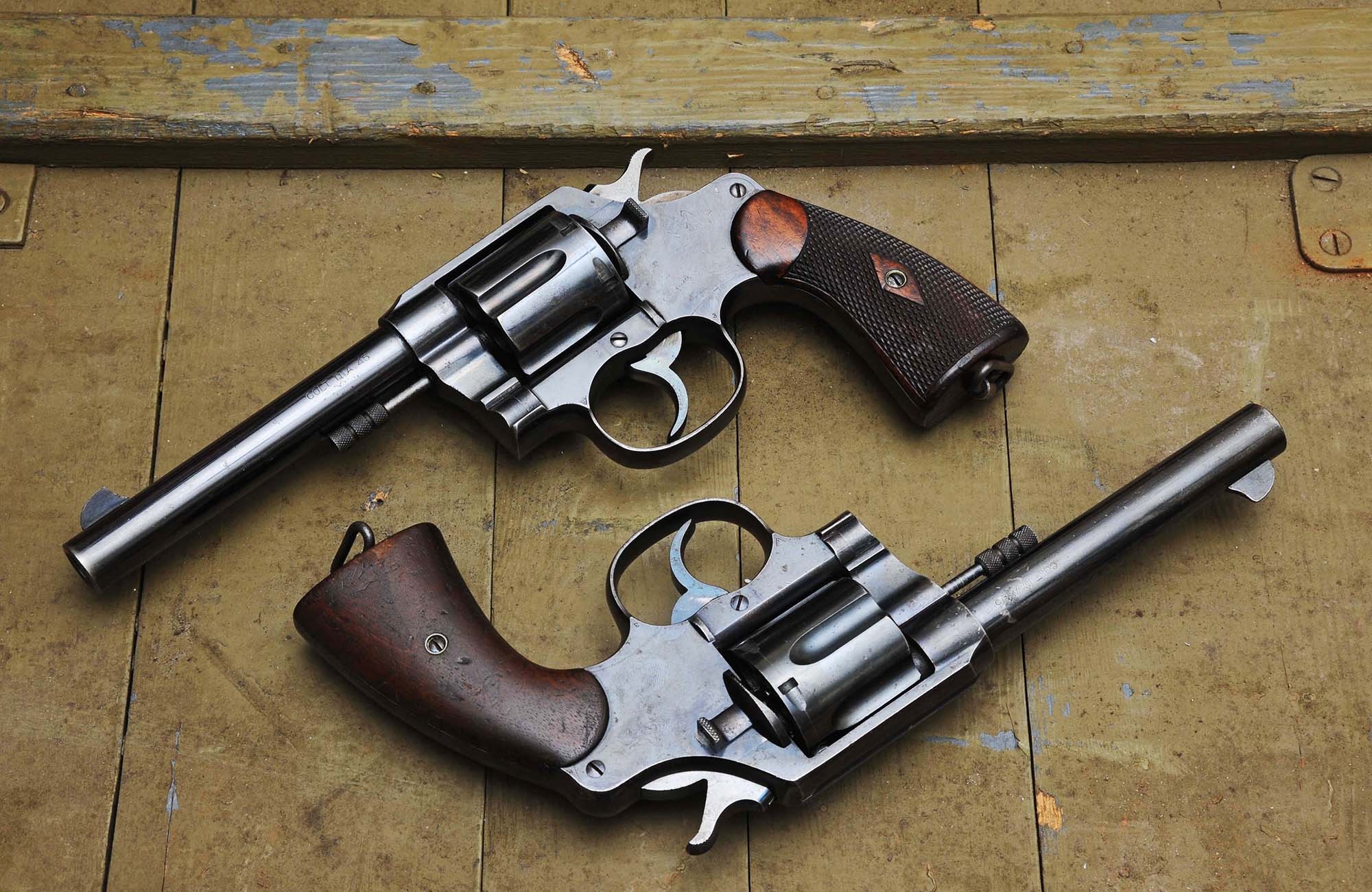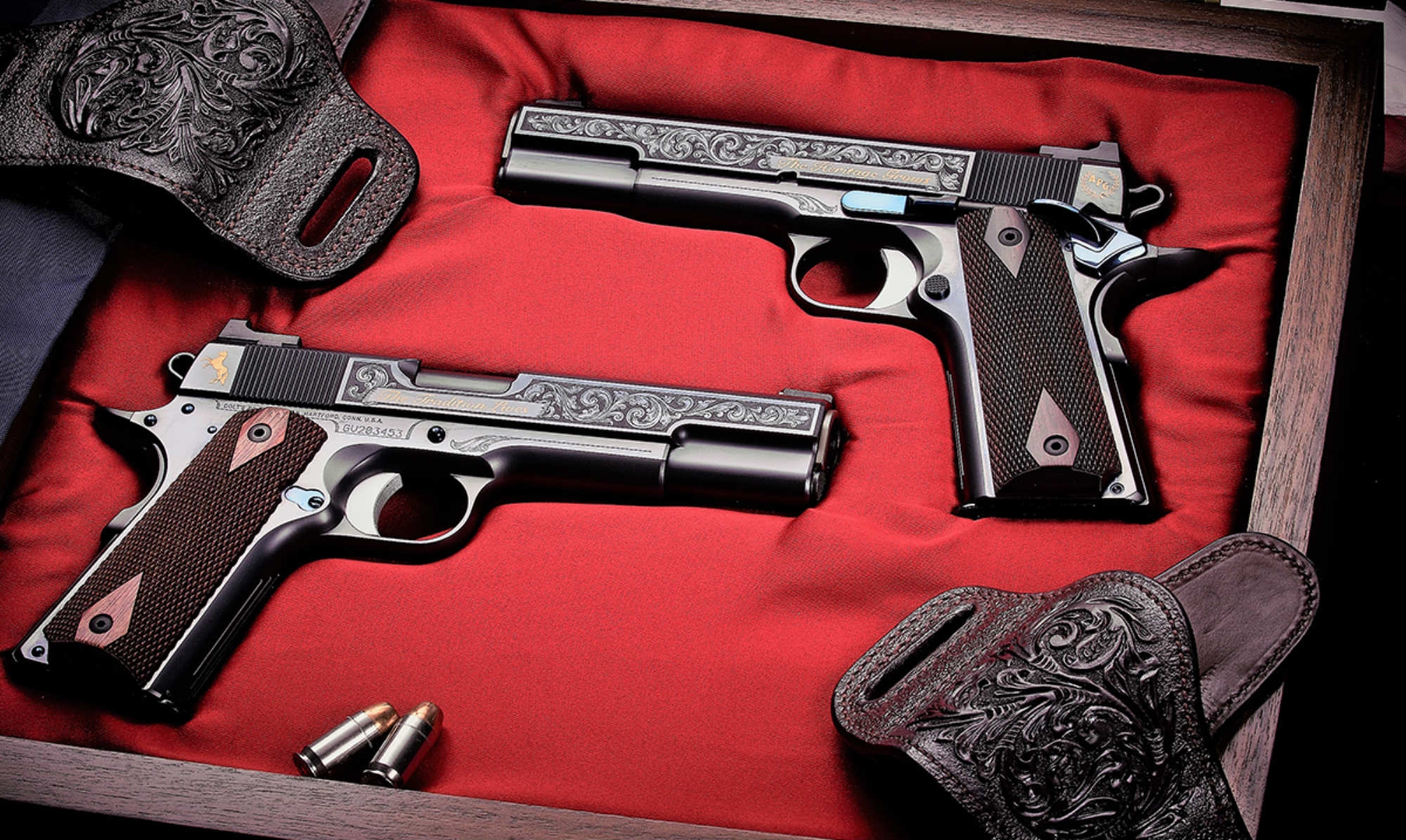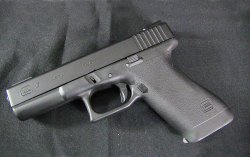
It all started with the Glock pistol, back in 1982.
Yes, yes, I know, actually it all started with the H&K VP70 back in 1970, but that didn't have much sucess, and it wasn't until Gaston Glock presented his polymer wonder that plastics massively entered the world of handguns. Today almost every handgun manufacturer catalog features a polymer model, those which doesn't have only polimeric pistols. Many of these are striker fired guns: here again Glock set the pace.
It was found that a striker fired gun is much easier to learn to shoot accurately than a mixed DA/SA pistol, where you have to snap off the first shot DA while the rest follow in SA. If we consider that semiautos, unlike revolvers, usually have crappy double action triggers, it comes as no surprise that for inexperienced shooters the chances of hitting something with that first shot are slim to none (and, as they are wont to say, Slim left town).
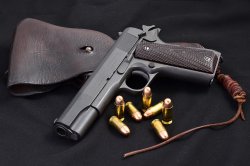
Somebody tried to solve DA/SA transition by making double action only semiautos, which just made all following shots as hard to place accurately as the first one. It also tried to solve safety issues caused by mixing lightweight SA triggers with personnel trained on a budget.
So, why should one consider an over a century old all-steel, single action only design for self defense?
Simply put: because from a practical standpoint it's one of the best handguns ever made.
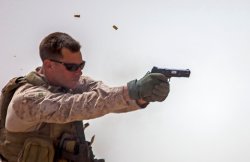
First of all, it has exceptional pointability. Whether it is a matter of grip angle, as many proclaim, or grip shape (flat or round backstrap fans diverge on details) or the whole gun's balance, or a combination of these three characteristics, a 1911 will point like your index finger for the vast majority of shooters, while other guns often don't (a famous model is notorious for having too straight a grip angle and thus tending to shoot low, particularly in the hands of unexperienced users).
This is a very important virtue, perhaps the most important, as it will grant a high chance that the first shot will be on target even if just approximate aim was taken.
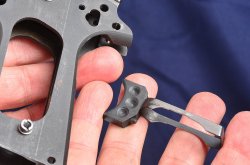
Second, the trigger of the 1911 is the easiest to master I've ever seen on a semiauto: it doesn't pivot, it travels straight rearwards, eliminating one source of gun misalignment, it's light, short, crisp and constant.
Out of the box the crappiest 1911 trigger will be far better and easier to shoot accurately than most service DA/SA handguns single action and any striker fired handgun.
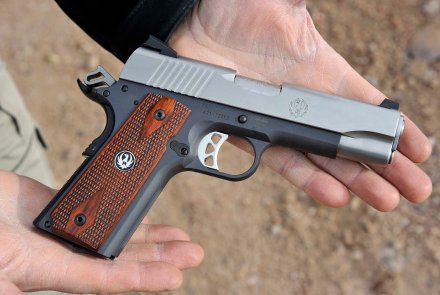
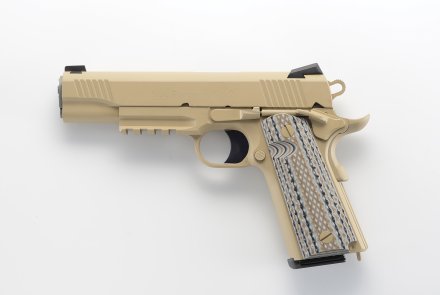
Third, the gun's ergonomics are perfect: everything is right where it should be: actually most of modern guns take their controls placement straight from the 1911: pushbutton magazine latch operated with the thumb, like the slide release lever and the frame mounted safety.
Fourth, the steel construction makes for a hefty gun, which translates in a very stable firing platform that allows for fast follow up shots. Even shooting 45 ACP a properly tuned, high quality 1911 will stay on target shot after shot after shot, as the well balanced action will reset the gun to point of aim without need for correction.
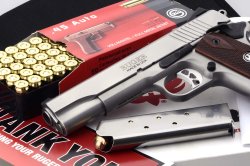
All these qualities make for a very effective handgun, that will reliably hit the target with little effort, and hit it hard.
This doesn't mean the gun is perfect, for the 1911 has two main drawbacks.
The first is limited ammo capacity, at least in the original 45 ACP chambering, which allows for just 7-8 shots depending on magazine capacity, plus the chambered cartridge, if any.
This is not as big a problem as it may seem for, as we have seen, the overall gun design makes so that the chances of hitting the target at first shot are quite high, and the 45 ACP is a hell of a hard hitting cartridge.
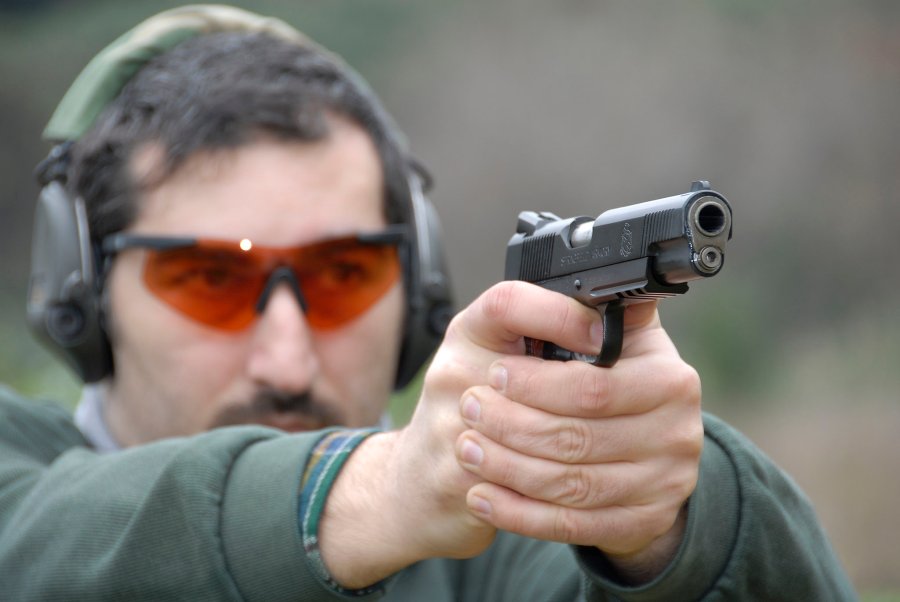
Variants in 9mm exist which sport magazines with capacity of 18 or more shots, but you may want to try those first, as the grip size increases markedly and may be uncomfortable for smaller sized hands.
The second main drawback is that, being a light triggered single action only gun with a manual safety, it requires training to use properly.
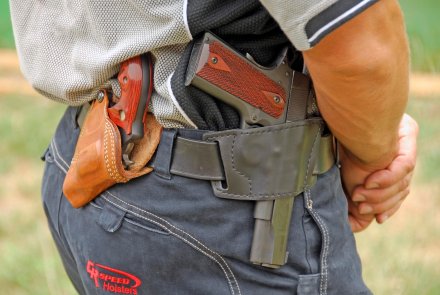
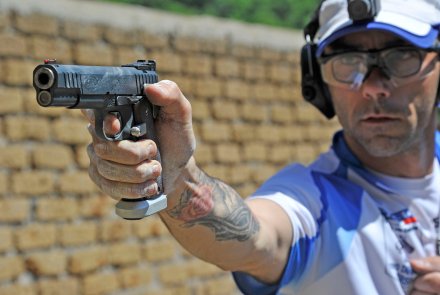
This also is not all that big of a problem, since we are not state-trained (read “trained on a budget”) personnel, and we have no excuse for not getting competent, extensive training in handgun safety and use if we plan to carry one for self defense, and with proper training and exercise flicking on and off the manual safety will become natural as getting the index finger off the trigger when you stop shooting: on target, safety off, off target, safety on. This will make for no “safety surprises” like those happening on some DA/SA semiautos with a slide mounted safety which can be inadvertently engaged while racking the slide.
While many guns posses one or more of these assets, in higher or lesser degree, just the 1911 and a very few other handguns possess them all together and in such high degree, and it's the ensemble of these qualities, rather than any specific one, that makes the 1911 one of the best handguns ever conceived, still perfectly up to date today as it was a hundred years ago.



